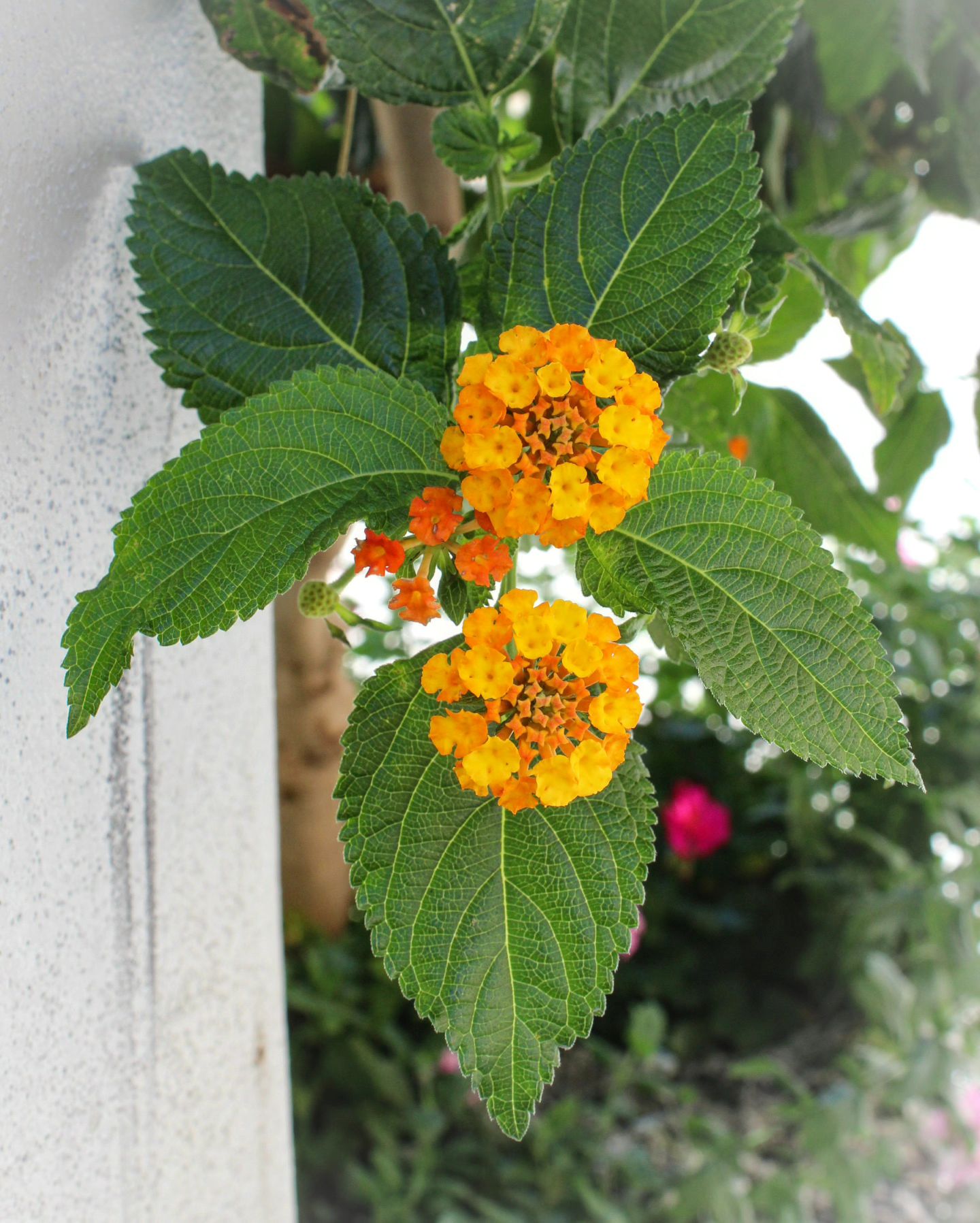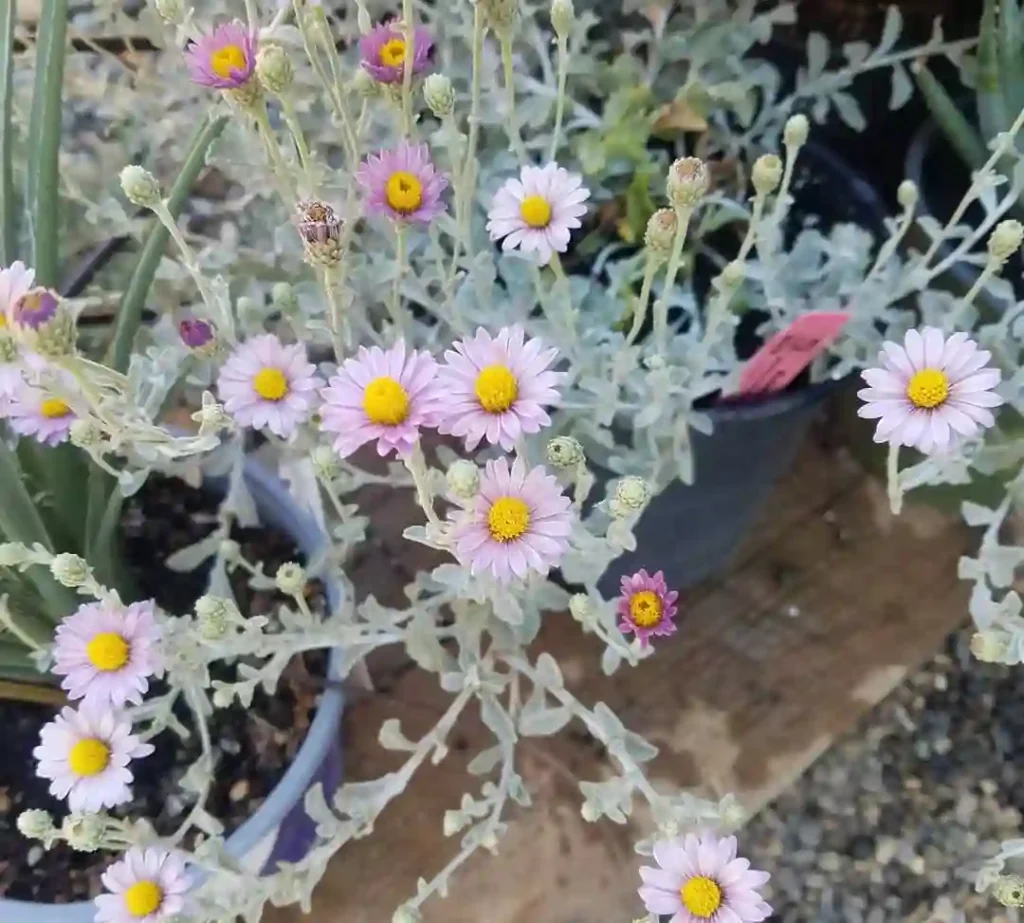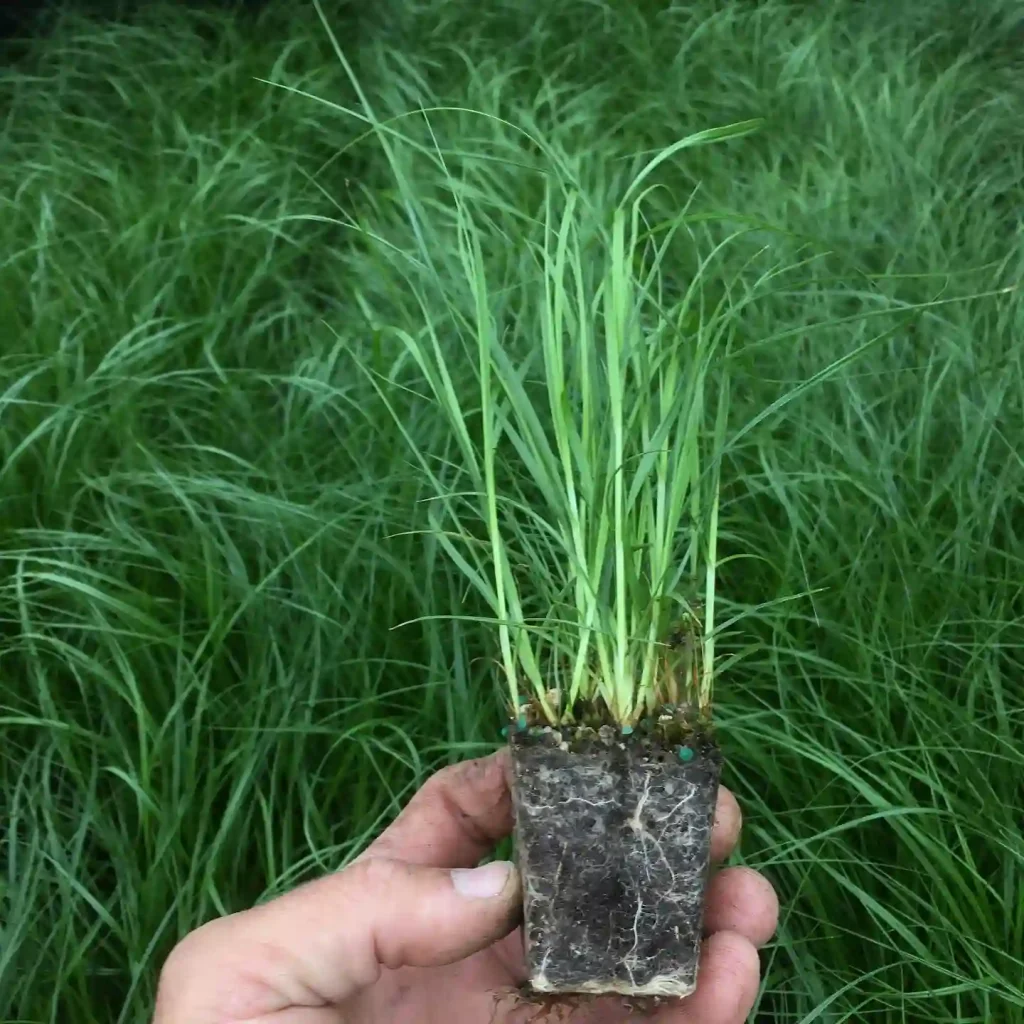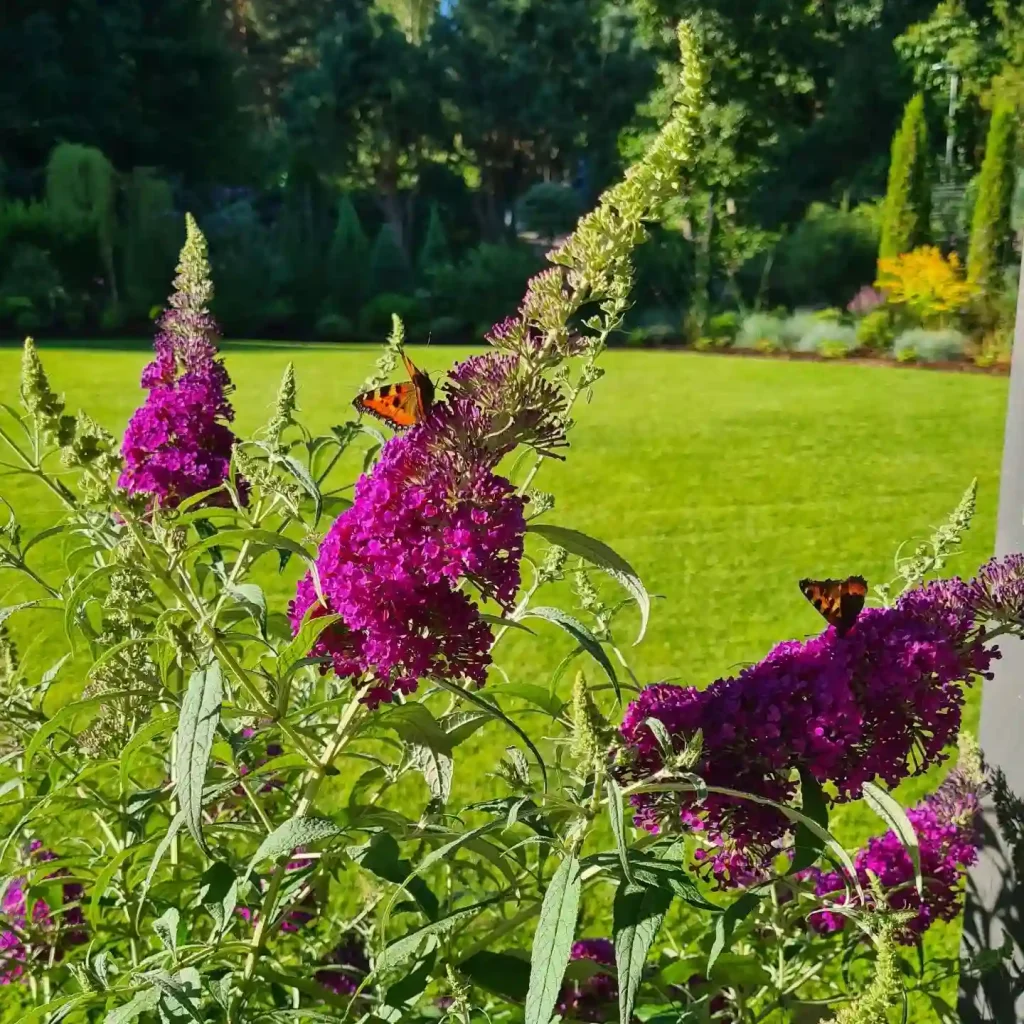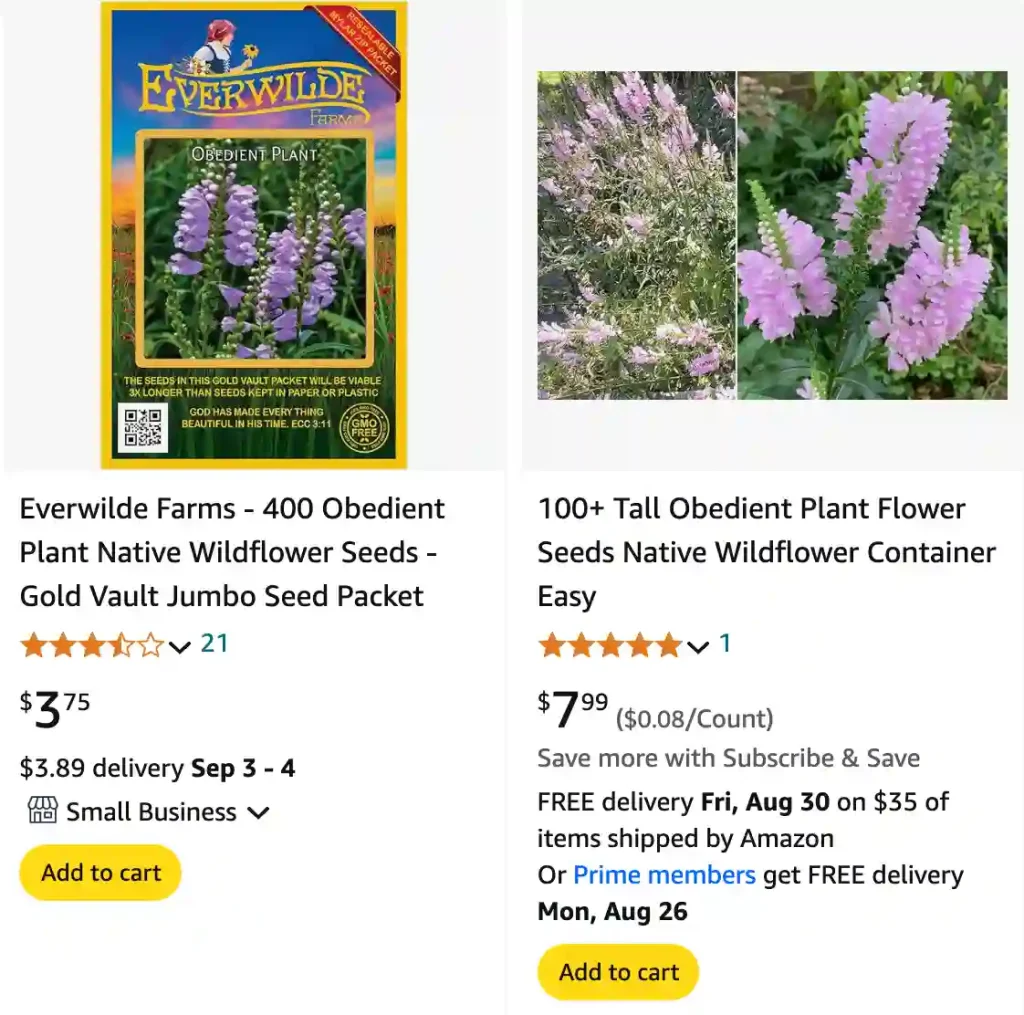
FAQs About Obedient Plant
I’ve spent quite a bit of time growing and learning about the Obedient Plant, so I thought it would be helpful to compile some of the most frequently asked questions about this unique plant. Here’s everything you need to know about Obedient Plants, from their name origin to care tips and more.
12 Species in Genus Physostegia
Why Is It Called Obedient Plant?
The Obedient Plant gets its name from its unique flower spikes. When you gently push the flowers to one side, they stay put. This characteristic led to its common name, as if the plant is “obedient” to your touch. The scientific name, Physostegia Virginiana, doesn’t quite capture this trait, but the nickname does a great job of describing this charming feature.
When Does Obedient Plant Bloom?
Obedient Plants typically bloom from mid to late summer, usually starting in July and continuing through August. Their tubular flowers, which can be pink, white, or lavender, create a striking display. The blooms appear in dense spikes and add a splash of color to any garden during the summer months.
How to Deadhead Obedient Plant?
Deadheading Obedient Plants is quite simple. Once the flowers start to fade, you can pinch off the spent blooms. This process encourages the plant to focus its energy on producing new blooms rather than seed production. Regular deadheading can also help maintain a tidy appearance and extend the flowering period.
Is Obedient Plant Invasive?
Yes, Obedient Plants can be invasive in certain conditions. They spread through underground rhizomes, which can lead to them taking over garden spaces if not managed properly. It’s essential to keep an eye on their growth and control their spread by dividing the plants regularly or using barriers to contain them.
Do Deer Eat Obedient Plant?
Generally, deer tend to avoid Obedient Plants. The plant’s somewhat fibrous leaves and strong scent make it less appealing to deer compared to more palatable garden options. However, in times of food scarcity, deer might nibble on almost anything, so it’s not entirely deer-proof.
Do Hummingbirds Like Obedient Plant?
Yes, hummingbirds are quite fond of Obedient Plants! The tubular flowers are perfect for attracting these delightful birds, as they are an excellent source of nectar. If you’re looking to attract hummingbirds to your garden, adding Obedient Plants can be a great choice.
How Tall Does Obedient Plant Grow?
Obedient Plants can grow quite tall, typically reaching heights of 2 to 4 feet. Some varieties may grow even taller under ideal conditions. Their height, combined with the dense flower spikes, makes them a standout feature in the garden.
How to Care for Obedient Plant?
Caring for Obedient Plants is relatively straightforward. Here are some key tips:
- Sunlight: They prefer full sun but can tolerate partial shade.
- Soil: Well-drained soil is crucial. They aren’t particularly fussy about soil type but do best in loamy soil.
- Watering: Regular watering is necessary, especially during dry spells. Keep the soil consistently moist but not waterlogged.
- Fertilizing: Feed them with a balanced fertilizer in early spring to promote healthy growth and blooming.
How to Get Rid of Obedient Plant?
If you need to remove Obedient Plants, it’s best to tackle them early before they become too established. Dig up the plants, including the rhizomes, to prevent regrowth. Regular monitoring and removal of new shoots will also help keep them under control.
How to Propagate Obedient Plant?
Propagating Obedient Plants is quite easy. You can divide the plants in early spring or fall. Simply dig up the clumps, separate them into smaller sections with roots attached, and replant them in new locations. They can also be grown from seeds, but this method is less common and takes longer.
Is Obedient Plant a Perennial?
Yes, Obedient Plant is a perennial. It will return year after year, often expanding in size if not managed. Their perennial nature makes them a great choice for adding structure and color to your garden over multiple seasons.
Is Obedient Plant Poisonous?
No, Obedient Plants are not considered poisonous. They are safe to handle and grow around pets and children. However, it’s always a good idea to avoid ingestion of any non-edible plant material.
What to Plant with Obedient Plant?
Obedient Plants pair well with other perennials that can complement their height and blooming season. Consider planting them alongside:
- Coneflowers (Echinacea): Their similar blooming period and height create a beautiful contrast.
- Black-eyed Susans (Rudbeckia): These provide a vibrant color contrast and attract pollinators.
- Daylilies (Hemerocallis): They offer a variety of colors and textures that complement the Obedient Plant’s structure.
Common Problems
Obedient Plants are generally low-maintenance, but you might encounter a few issues:
- Powdery Mildew: This fungal disease can occur in humid conditions. Ensure good air circulation and remove affected plant parts.
- Overcrowding: As they spread, overcrowding can occur. Regular division helps maintain their health and vigor.
Comparing with Other Plants
If you’re considering alternatives or similar plants, you might compare Obedient Plant with:
- Lobelia: Offers a similar spike-like flower arrangement but with different colors and growth habits.
- Beebalm (Monarda): Shares a similar blooming period and attracts pollinators but has a different flower shape and foliage.
In summary, the Obedient Plant is a fascinating and versatile addition to any garden. With its distinctive name, attractive blooms, and relatively easy care requirements, it’s a plant that can provide both beauty and functionality.
If i die, water my plants!
